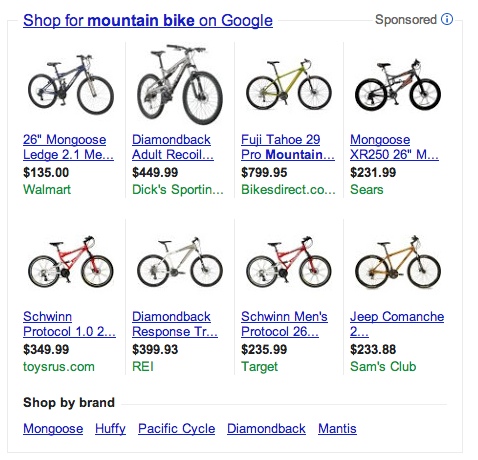Last year, at about this time, USV met Jay Bregman and Ron Zeghibe, who are two of the cofounders of Hailo, a mobile app for hailing taxis, that had just launched in London. If anyone has been to London in the past year, you probably know that Hailo has taken London by fire with over half of all cabbies in London accepting rides on Hailo. Hailo has gone onto launch in Dublin, Toronto, Chicago, and Boston, and they hope to launch in NYC in 2013. Imagine being able to hail a yellow cab in NYC from your Android or iPhone? I cannot wait.
But before Hailo, Uber and other e-hailing apps can hail yellow cabs in NYC, we need changes to our taxi cab regulations. And that vote is TOMORROW. So I've asked Jay Bregman to pen a guest post explaining to all of you, and hopefully all of NYC (and especially five reluctant regulators), why we need e-hailing to be allowed in NYC.
———————————————–
Every ten seconds across the world a licensed taxi driver accepts a Hailo E-hail. And with each match, Hailo helps chip away at the millions of dollars lost by drivers and hours wasted by passengers due to inefficiency in the market. E-hailing apps help solve the line of sight problem – they are the natural evolution of the arm-flail, the doorman’s whistle, the light outside the hotel – and nowhere will our impact be greater than right here in New York City, my hometown.
Right now, cab drivers (and prospective passengers) are limited by their line of sight at any given time. A passenger can be very close by, but if a driver does not see them, they will not get picked up. As a result, the fare is lost, and the passenger misses out on a cab ride. Drivers currently spend up to half of their time cruising empty in NYC, desperately looking for passengers.
This does not make any sense.
E-hailing is now commonplace in cities across the globe – including London, Dublin, Boston, Toronto, Chicago, San Francisco and many others. In London, half of London’s 23,000 drivers safely use apps to get up to 30% more business every day. Hailo passengers on average wait only two minutes from tap to taxi.
This Thursday, the NYC Taxi and Limousine Commission’s nine-member board will vote on proposed rules which will allow E-Hailing in NYC, subject to a balanced and sensible licensing scheme similar to those already in place in cities such as Chicago and Toronto. If adopted, the rules would take effect in mid-February. But politics – in particular outcry from adjoining industries such as black car and livery companies seeking government protection against change – are currently threatening whether the rules will pass and therefore whether this technology will be allowed in NYC, where, like London, cabs provide a critical, cost efficient service.
Four commissioners have already expressed support for the rules – meaning New Yorkers are just one vote away from a substantial technology improvement to the iconic Yellow Cab. I am writing this post as the Founder & CEO of Hailo – one such E-Hailing provider – to explain why E-Hailing is important, why it is ready for NYC, and what you can do to help convince the commission if you agree. To be very clear, these rules do not select a single supplier or favor Hailo over anyone else; they merely establish an open marketplace in which E-Hail providers may compete for the hearts and minds of Yellow Cab drivers and the riding public.
There is overwhelming evidence that E-hailing works, it has been proven on New York style scale and sophistication, and it will do nothing but good for passengers and drivers – so why do TLC commissioners remain unconvinced?
The TLC must pick up the reins of innovation and competition and finish the task started when credit card machines were introduced in 2005, when the contracts with these providers first contemplated smartphone apps. We pledge our support to the drivers and people of New York, and the TLC, to make sure this time we get it right.
To make your voice heard, please email the TLC at [email protected] or contact the Chair here. The vote is Thursday, 13 December.
Further Information
Hailo’s testimony at a recent TLC Public Hearing on the E-Hailing regulations:





